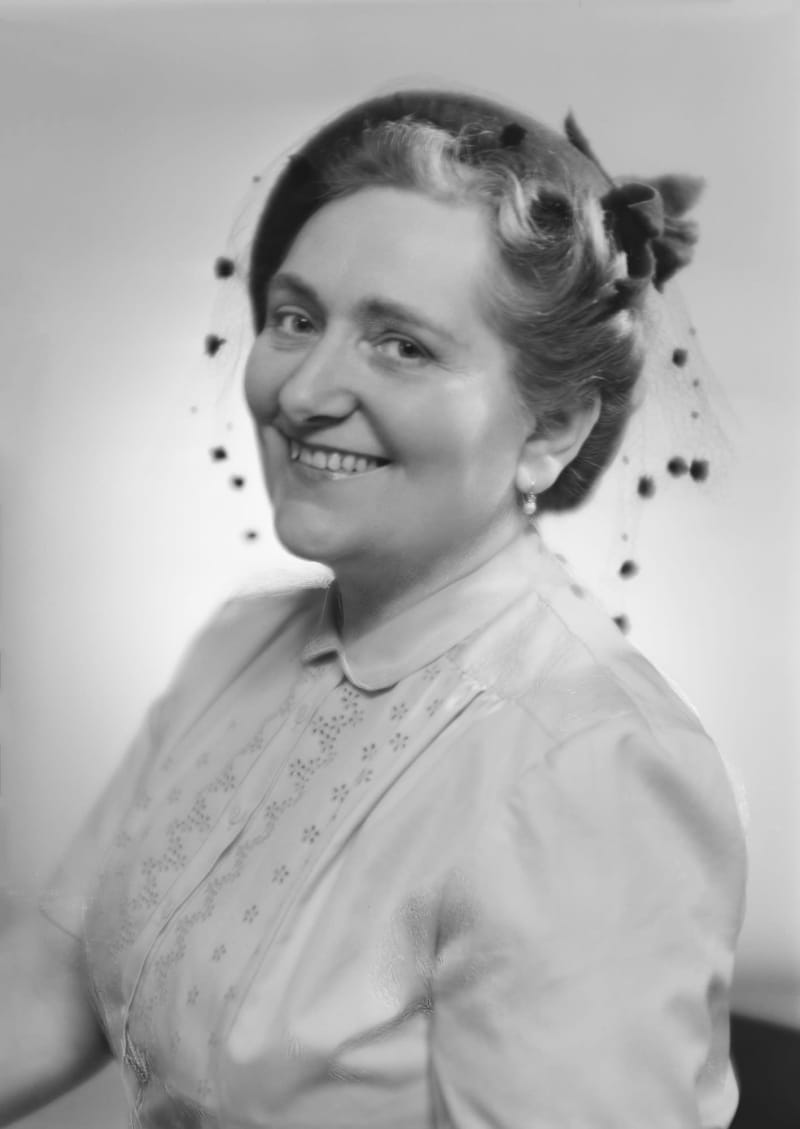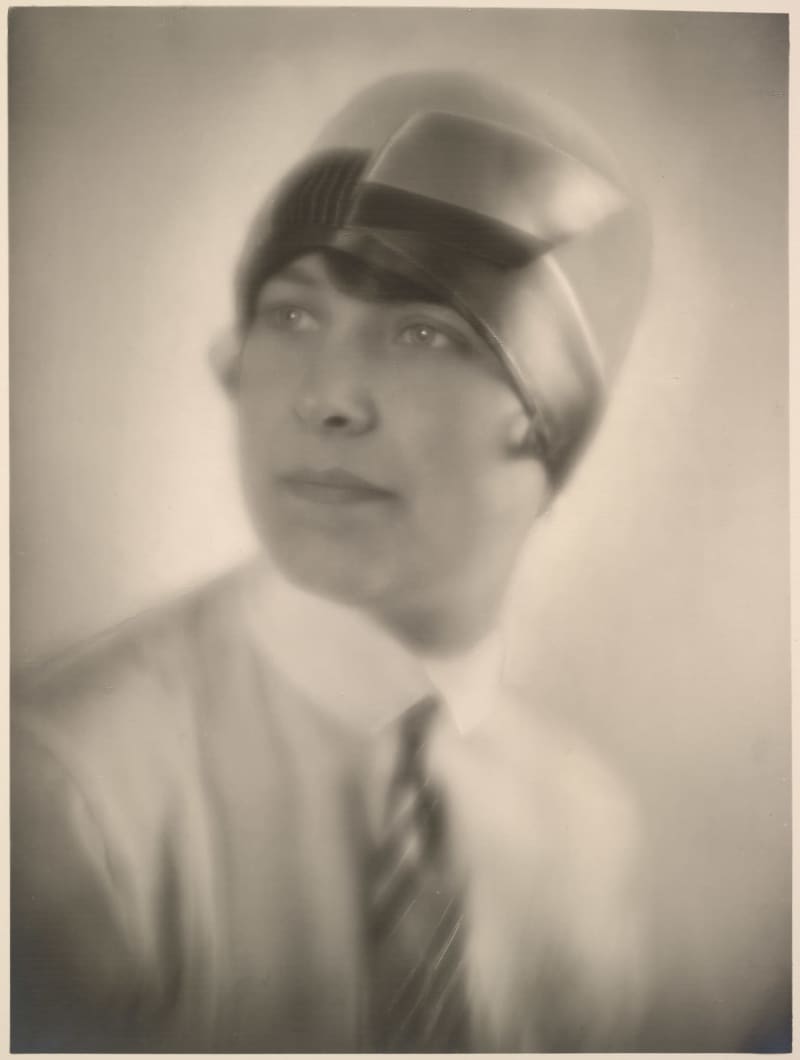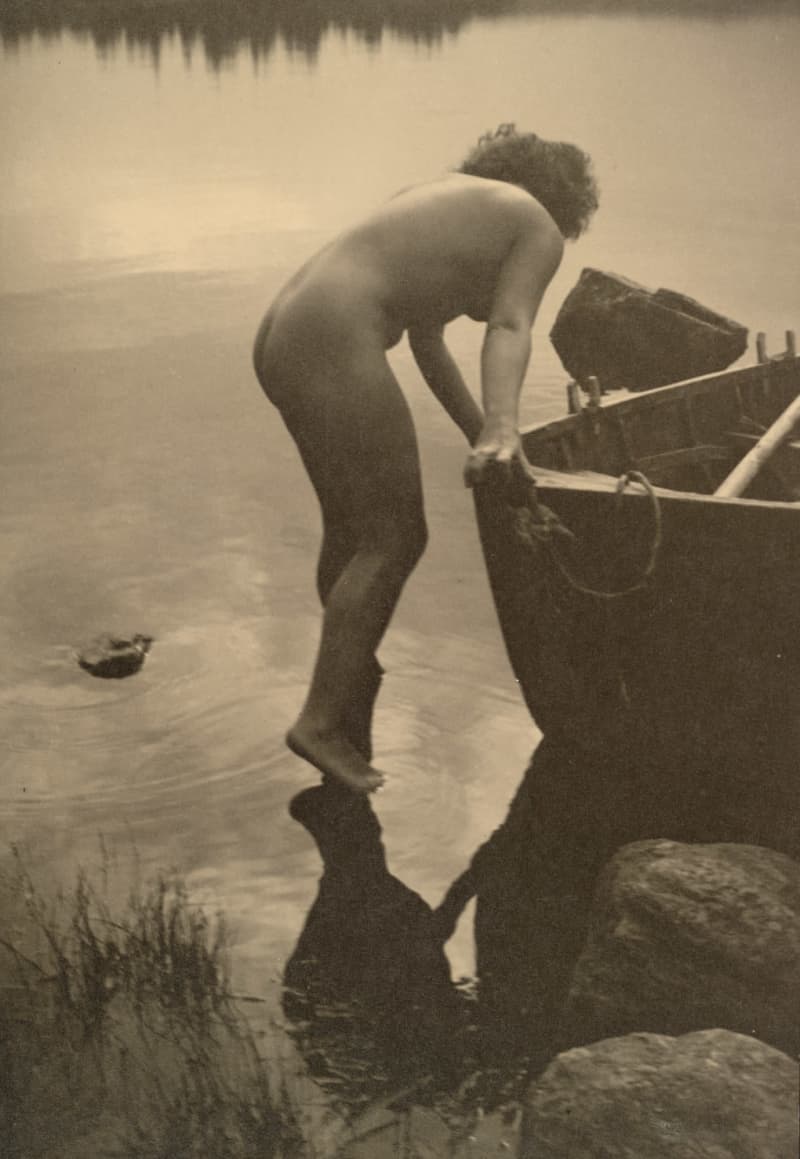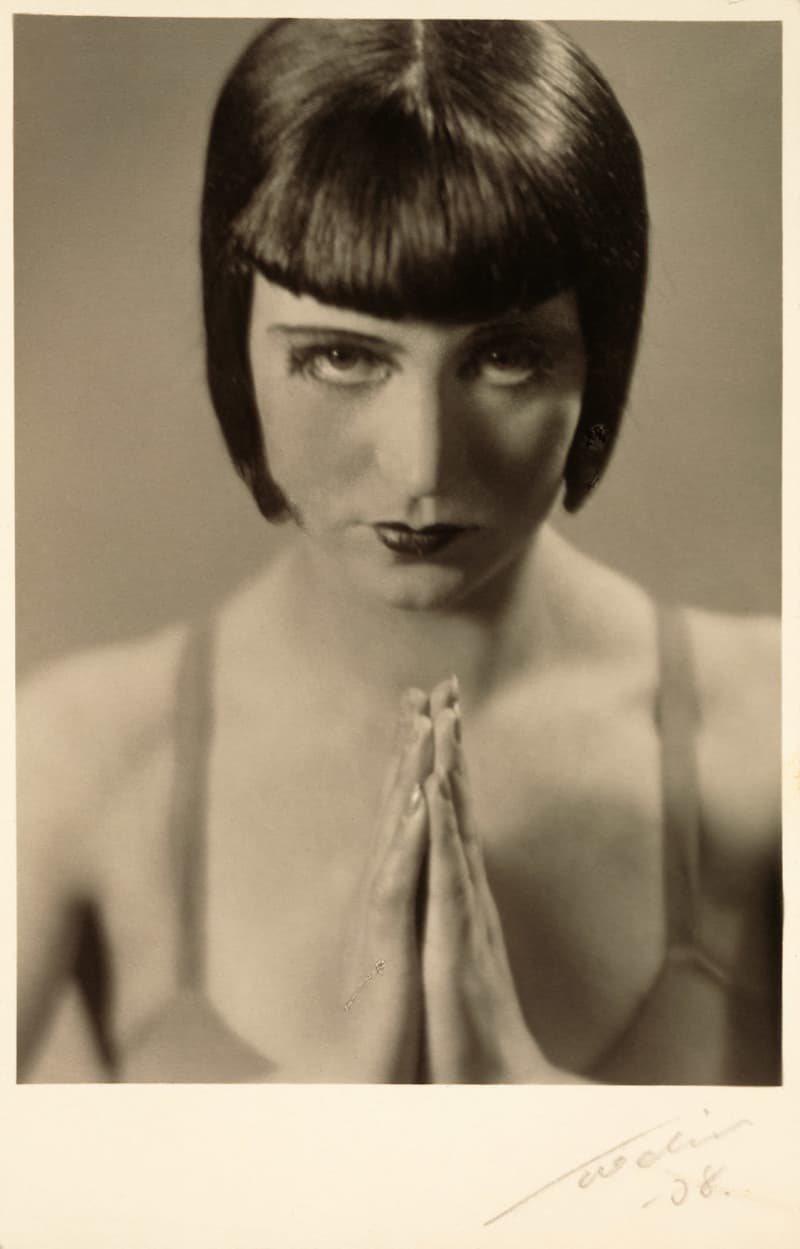
In the early days of photography, it was not yet known who the profession belonged to, and that made it possible for women to enter the field as early as the 19th century.
The picture took a while.

The German-born Fock received his training as a photographer at the Cologne Art School. In the years 1915–1921, he worked in photo studios in Germany, Stockholm and Mariehamn.
1922 was the time to establish my own photography studio in Turku, Atelier Irmelin. We lived in a time when women gradually entered working life and became more visible actors in society.

With his pictures, Fock was involved in building a new kind of modern female ideal.
Ambitious and brave

– He had studied exceptionally well and was really skilled. Very often he depicted women and almost without exception Fock’s women are such powerful characters who are rulers of the situation and active actors.
Emmi Fock took ambitious studio portraits of the cream of Turku’s social circle, bringing to the pictures the drama and soft light familiar from the shots of Elokuvatähti.

He also played with fashionable themes in the 20s and 30s; with androgyny and the mixing of gender roles.
Fock was one of Finland’s first fashion photographers and he also focused on dance photos.
And then there were the nudes.

– Nude photography was one genre in the field of art photography, but Emmi Fock was quite exceptional in the field of Finnish photography, says Wallenius.
– The women pose in them in a self-consciously liberated way, the pictures show a good interaction between the photographer and the photographed. In Fock’s nudes, women are subjects, not objects.
With his artistic production, Fock successfully participated in exhibitions and competitions both in Finland and abroad.
Men’s clubs dominated art photography
At a time when Women Artists in other fields were struggling for the right to exist, many of them were already working as studio photographers. At first, the work of a Photographer was considered a craftsman’s profession and therefore also more suitable for women than any higher art.
– In the first decades of photography, there had not yet been a general understanding of who the photography profession really belonged to, says Anni Wallenius.
– There was no established tradition that it was a men’s realm, when women could also enter the industry.

There were professional photographers in the biggest cities as early as the 1850s. Photography became more common in the following decade, when images could already be printed from negatives to paper positives.
The arrival of the first photographic mass product, business cards, also happened in the 1860s. Labor was needed for the industry.
At the same time, the position of women generally improved in Finland. Unmarried 25-year-old women came of age. Women were able to make contracts themselves, act as entrepreneurs, manage their own funds, which made work as a photographer legally possible for women.

– But yes, even in the field of photography, men always had a head start, says Anni Wallenius.
– There were areas where it was easier for women to work, which means that there was a significant proportion of women in these studio photographers from the beginning.
But when it came to making photographic art, women hit a glass ceiling.
– That activity took place in such photography associations and photography amateur clubs, which were quite gentlemen’s clubs. At first, women were not wanted in them at all, and these often upper-class gentlemen had a condescending and critical attitude towards these female professional photographers.
Forgotten women of history
Emmi Fock ran the successful Atelier Irmelin for decades. He employed many female photographers and also trained them along with the work.
He retired only in 1966, after more than 40 years of work, after suffering from rheumatoid arthritis in his fingers for a long time.

– Emmi Fock has fascinated many photo researchers, especially women, says Anni Wallenius.
– But it must be said that his legacy could have been even greater. It is unfortunately common that women in history and also women in the history of photography are forgotten and their production is not known as widely as they deserve.
Maybe it’s not a coincidence that we know about Emmi Fock?
He was brave, trained hard and participated in many shows and competitions. Even as a photographer, he did not want to be an object, but chose to be part of the subject.

*Watch the whole Half-past seven story about brave Emmi Fock*
